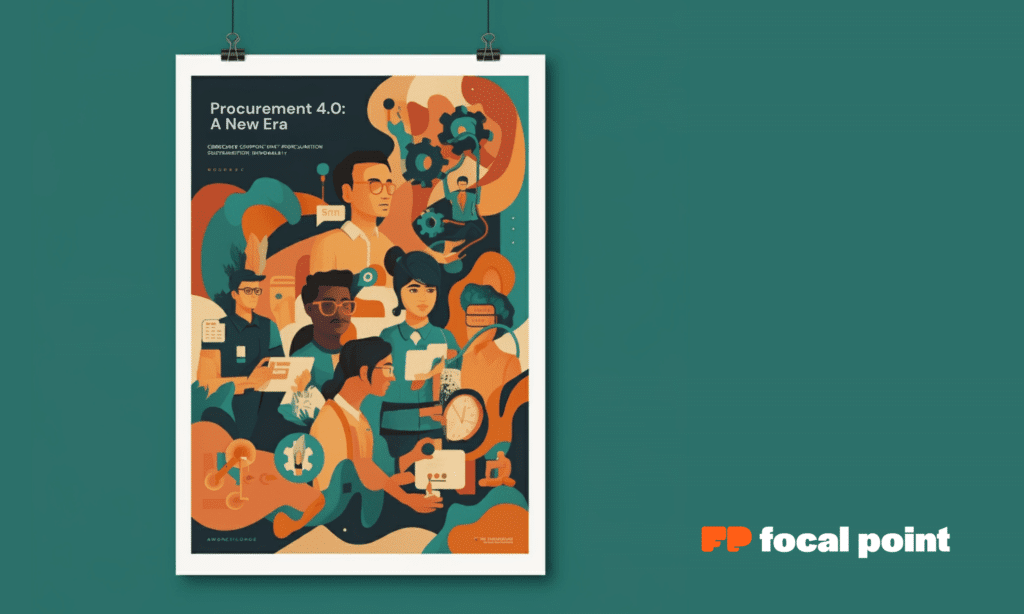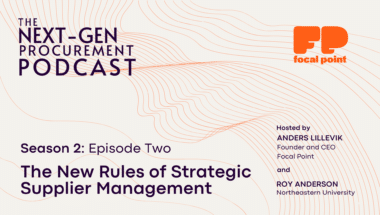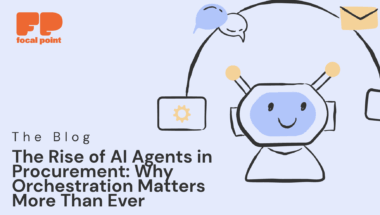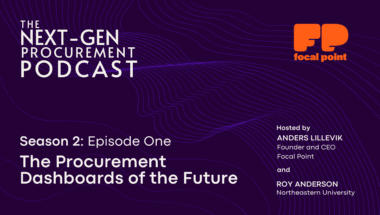At the Procurement and Supply Chain Live 2024 conference in London, Focal Point’s SVP of Marketing and Sales, Matthew Buckingham, led “Procurement 4.0: A New Era of Innovation and Strategic Growth,” and engaging session about procurements past, present, and near future.
The session highlighted procurement’s evolution from its origins as a cost-saving mechanism to its current role as a strategic driver of value creation in businesses. In this blog, we’ll explore key insights shared during his session and what the future might hold for procurement professionals!
The Evolution of Procurement: From Cost Savings to Strategic Growth
Procurement’s Traditional Role: Saving Money
In the late 90s, procurement was largely focused on reducing costs. From tools like Telex and fax to email, early procurement systems were aimed at finding cheaper suppliers and negotiating lower prices. Companies like Walmart epitomized this cost-focused approach, with aggressive strategies to reduce spending.
“Back then, procurement was all about manual processes and low-cost sourcing. We operated in silos,” Buckingham recalled, “with very little focus on partnership with suppliers.”
However, these methods treated suppliers as transactional entities rather than partners, a dynamic that started to shift as procurement began to focus on broader business goals.
Procurement 2.0: Risk Management and the Rise of Automation
The Early 2000s: Managing Business Risk
Around the turn of the century, the role of procurement expanded to address growing risks—such as the Y2K scare, financial crises, and cybersecurity concerns. Companies now had to focus not just on cost-cutting but also on saving the business from risk and disruption. This era saw the rise of more sophisticated procurement technologies, from the widespread use of Excel to the advent of comprehensive ERP systems like SAP.
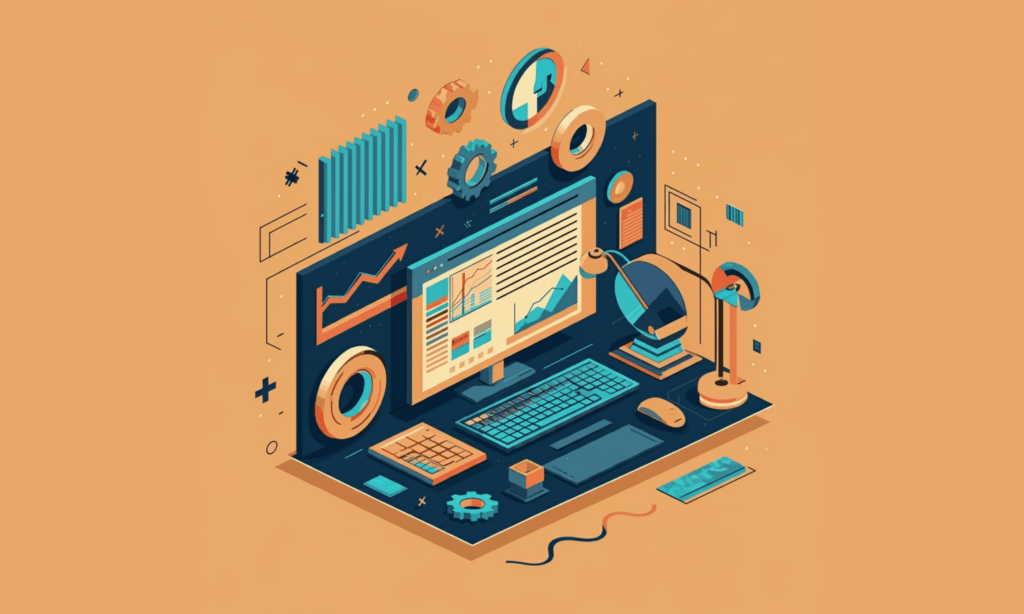
Procurement 3.0: Sustainability and Ethical Sourcing Enter the Picture
By 2010, the procurement landscape became even more complex, with organizations being asked to manage not only financial risks but also reputational risks, driven by public demand for ethical sourcing and sustainability. Procurement leaders were tasked with balancing ESG (Environmental, Social, and Governance) considerations alongside traditional cost and risk management. Buckingham offered examples of companies, like Patagonia , who have excelled in ethical procurement strategies, ensuring their sourcing aligns with their brand’s core values.
Enter Procurement 4.0: The Era of Data and Innovation
The Power of Data in Procurement 4.0
Procurement 4.0 represents a significant shift in the field—one that relies heavily on data. Buckingham emphasized that data is at the core of this new era. Today’s procurement teams must synthesize information from various sources—P2P solutions, ERP systems, and external tools like sustainability trackers—to gain insights that drive decision-making.
What differentiates Procurement 4.0 from previous iterations is its focus on real-time data and predictive analytics. By leveraging tools such as AI and automation, procurement teams can move beyond reacting to past trends and start forecasting future risks and opportunities. This proactive approach allows procurement not only to manage costs but also to protect the organization from disruptions and increase overall value.
The Pillars of Procurement 4.0
Automation: Simplifying the Complex
Automation is one of the key pillars of Procurement 4.0, allowing businesses to streamline processes and focus on strategic activities. Buckingham stressed the importance of automating the “automatable”—routine, repetitive tasks that can be handled more efficiently by technology. This enables procurement professionals to shift their focus to higher-value activities like supplier relationship management and strategic planning.
“This shift allows procurement to become a key player and advisor in company strategy, offering insights into market trends, supplier innovations, and risk mitigation,” said Buckingham, “From the huge amount of data the systems will be providing more information than ever, but in a structured and understandable way.”
Artificial Intelligence and Human Intelligence Working Together
While AI is often positioned as a game-changer, Buckingham presented a more balanced view, stating that AI should complement human intelligence (HI), not replace it. AI tools can help procurement teams analyze large sets of data and make more informed decisions, but they should be used to enhance human capabilities rather than act as a standalone solution. , AI is particularly valuable in enabling procurement teams to conduct more efficient supplier reviews and develop stronger category strategies.
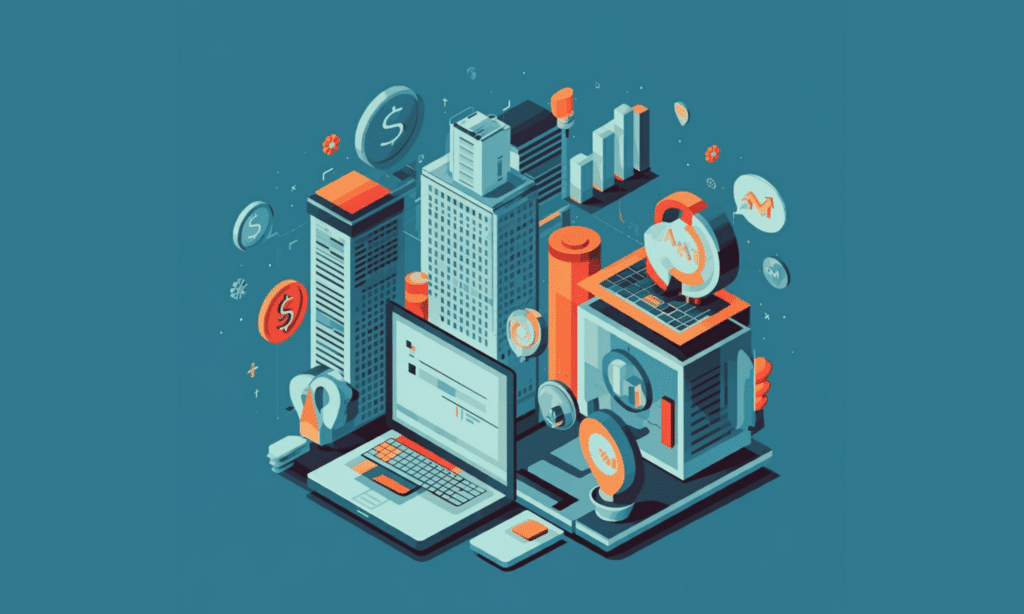
Looking Ahead: What Does Procurement 5.0 Look Like?
The Future of Procurement: Smarter, Cleaner Data
During the session’s Q&A, an audience member asked what procurement might look like in the future. Rather than jump straight to Procurement 5.0, Buckingham suggests that what comes next will likely be an incremental improvement—Procurement 4.1—rather than a radical overhaul. However, one key aspect of future procurement will be cleaner, better-organized data. As AI and automation continue to advance, procurement professionals will be able to generate higher-quality data, driving smarter decision-making and ultimately creating more value for the business.
Conclusion: The Strategic Value of Procurement
Matthew Buckingham’s session on Procurement 4.0 highlighted the exciting opportunities that lie ahead for procurement professionals. No longer confined to cost-saving measures, procurement has evolved into a strategic function that can generate significant value for the business. By leveraging the power of data, embracing automation, and integrating AI with human intelligence, procurement teams can navigate risks, drive growth, and help companies become more resilient in an ever-changing business landscape.
To watch the full session with Matthew Buckingham, check out the video link here.
